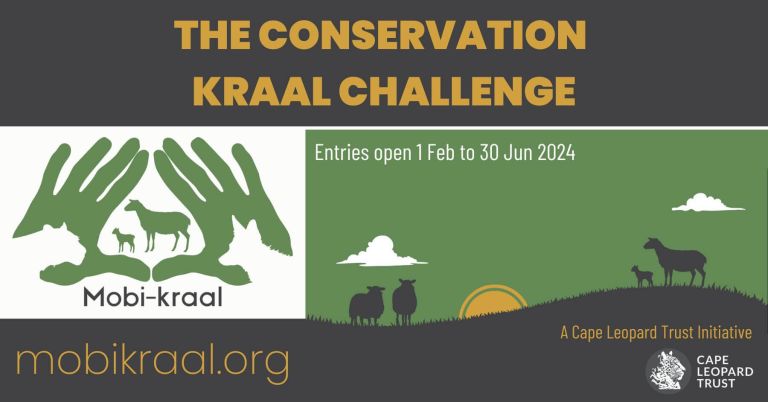Trapping and collaring predators such as leopards and caracals is the best way in which to gather fine-scale information about their movement patterns and habitat requirements – information that has proven vital to the conservation and management of the species. It also allows us to obtain detailed measurements of the size and weight of the cats, gather genetic material for analysis and estimate the age of the individual. However, trapping and collaring is invasive and potentially risky, and exceedingly expensive – new GPS collars cost upward of R30k. Trapping and collaring can thus only be justified in circumstances where the information to be gained from research will be of high value, both from an academic and management perspective, and where the benefits outweigh the costs.
Tracking collars has come a long way since the early days of VHF-only radio collars, when it was exceptionally difficult to accurately track animals in the extremely rocky mountainous areas. Fortunately we now have sophisticated GPS technology at our disposal, but the advanced technology and the quest to produce the most lightweight, robust and durable collars also make these items very expensive. Leopards in the Cape mountains are especially rough on collars – understandably so considering the harsh mountainous terrain they live in. Because these leopards are small, we are also very limited by the weight and size of collar that can be put on an animal – collars should weigh no more than 2-3% of the animal’s body weight.
We use two kinds of collars – UHF download or iridium satellite. The former stores the GPS data on the collar itself and requires the researcher to physically track the cat to enable a data download to a handheld unit; the latter automatically sends the GPS data at prescribed intervals to a server in Sweden from where it is relayed back to us. Although this may sound like the best option, these iridium collars are still a bit too heavy and can only be used on large males. The specific times at which the collar takes a GPS point can be set remotely, and we typically use a schedule of 8 fixes per 24 hours (one point every 3 hours). There is a trade-off between the number of GPS fixes and battery life of the collar – a more intensive GPS schedule will drain the battery much quicker.
Both kinds of collars emit a VHF radio signal by which the cat can be located – although this is much easier said than done. VHF radio tracking entails driving through and around the leopard’s known territory (anything from 180-300 km2) for hours on end until you finally pick up the signal. Once you have the signal, you have to hone in on the cat using the method of triangulation – picking up the signal from different point locations and checking the strength and direction. All the while the signal is getting bounced and blocked by mountain peaks, ridges and valleys. For UHF download collars, in order to use the handheld download unit, you need to be within 1-3km of the leopard with a very clear unobstructed line of sight. The unit then has to connect to the collar and stay connected long enough for all of the data to be downloaded. And through all of this the leopard is not necessarily sitting still – often it, too, is moving, so as soon as you think you know where it is, it is no longer there… And in the rocky mountains this could mean losing the cat for another few days… This VHF tracking merely involves locating the cat – i.e. having a rough idea of where it is at a given point. Actually seeing it is virtually impossible and involves immeasurable amounts time, patience and luck…
Modern collar technology also allows for automatic release mechanisms (called drop-offs) to be built into the collar belting, allowing the collar to release after a prescribed time period or be dropped off “on demand”. This may sound easy, but forcing a collar to drop off or finding a dropped collar in a vast mountain territory can be extremely challenging. However, if successful, it eliminates the need to recapture that specific animal to remove the collar, which is a great advantage.

















